Application of information technology in printing intravenous drug labels
Accordingly, with intravenous drugs, a type of drug that requires very high precision in preparation, dosage and infusion speed, these errors can seriously affect the quality of treatment and even threaten the patient's life.
 |
| Illustration photo. |
The World Health Organization (WHO) estimates that the global cost of medication errors is approximately $42 billion per year, with errors in the preparation and administration of intravenous medications in adults accounting for 41.23%.
In the US alone, 61% of serious, life-threatening medication errors involve intravenous drugs. In the UK, the figure is around 62%. These errors often stem from overload, inexperience, or miscommunication between prescriptions and drug labels.
When data is inconsistent between the treatment sheet and the medication administration form, information transferred to the medication label often lacks important details such as infusion rate, time of administration, exact dosage, etc. This makes it difficult for medical staff to compare, increasing the risk of confusion and errors in medication use.
A survey of 9,519 prescriptions in January 2024 at a general medical facility in Ho Chi Minh City found that up to one-third of the drugs prescribed for inpatients were prescribed for intravenous infusion. However, the percentage of intravenous drug labels with complete information was only about 62%. This is a modest figure, reflecting the need for effective solutions.
Faced with this situation, the application of information technology in printing intravenous drug labels is considered an important step forward, with key significance in improving accuracy and safety for patients.
This solution not only helps standardize drug display content on all software interfaces, but also helps medical staff operate quickly, minimizing errors in the process of preparing, dispensing and using drugs.
For example, Tam Anh General Hospital in Ho Chi Minh City has added the feature of pairing drugs that need to be mixed for infusion and designed a specialized label printing interface right on the Pharmacy management software.
Each printed medicine label clearly shows the required information such as: medicine name, dosage, route of administration, infusion rate, time of use, medicine/solvent to be paired... Thanks to that, the medicine preparation process is simplified but still ensures high accuracy.
The implementation results showed that the application of information technology has helped shorten the time to print intravenous drug labels by 43%, contributing to significantly reducing the workload for medical staff. In particular, the rate of drug labels with complete information has increased from 62% to 91%.
More importantly, the information system has been established synchronously and consistently from treatment sheets, drug implementation disclosure forms, drug dispensing forms to drug labels, eliminating errors and ensuring maximum safety in treatment.
Not stopping there, some opinions also propose a comprehensive strategy to optimize the application of technology in this field. This includes maintaining continuous operations and closely monitoring the label printing process, integrating smart warning features to help detect early cases of incompatible drugs and solvents, thereby preventing the risk of errors from the beginning.
At the same time, expanding the scope of application to specialized fields such as chemotherapy regimens, intravenous nutrition drugs... is also a necessary goal to improve the quality of treatment. To ensure effectiveness and sustainability, a continuous training program is also proposed to help all medical staff proficiently use the software and accompanying technology.
Putting patient safety and benefits first through modern technological solutions is a solid foundation for the healthcare industry to move towards a future without errors in drug management and use.
Meningioma: Women are more affected than men
According to doctors at the 108 Military Central Hospital, meningiomas account for about 15% of brain tumors. The disease can occur at any age, but is more common in adults, with women being more affected than men.
Recently, 108 Military Central Hospital received a 56-year-old female patient with a meningeal tumor, falx, tentorium cerebellar region measuring nearly 8 cm, compressing deep in the brain parenchyma.
The patient was admitted to the hospital with a persistent headache and significant vision loss. Because the tumor was large, rich in blood vessels, and located in a complex location, the risk of heavy blood loss and vision loss during surgery was very high.
Before the surgery, the doctors carefully calculated each intervention step, closely coordinating between teams such as embolization intervention, anesthesia - resuscitation and neurosurgery.
After 13 hours in the operating room, the tumor was completely removed. Two days after surgery, the patient was awake, without paralysis of the limbs, and his health was stable and he was transferred to the post-operative care department. An MRI scan showed that the tumor had been completely removed.
However, the patient's vision has not yet recovered. This is a loss that makes the whole family and the surgical team regretful. However, the doctors still hope that with persistent treatment and care, the patient's vision can gradually improve.
According to experts, meningioma is a disease that progresses silently, often only detected when the tumor is very large, causing symptoms such as weakness, seizures or visual disturbances.
Regular health check-ups, especially MRI scans when there are signs of prolonged headaches, blurred vision, and numbness in the limbs, are extremely important to detect damage early.
Early detection and timely treatment make surgery safer, reduce the risk of complications and help patients return to normal life sooner.
Meningiomas are tumors that develop from the arachnoid membrane surrounding the brain and spinal cord, accounting for about 15% of brain tumors. The disease can occur at any age, but is more common in adults, and women are more affected than men.
Most meningiomas progress slowly, and symptoms only become apparent when the tumor is large enough to press on brain tissue or cranial nerves. Therefore, monitoring for early signs and regular check-ups are important factors in detecting, treating promptly, and improving quality of life.
As the tumor grows, patients often experience persistent headaches, reduced concentration, fatigue, and difficulty sleeping. Some cases show signs of memory loss and emotional disturbances, which can be easily confused with stress or other psychological disorders.
In addition, vision, smell, and hearing can also be affected: blurred vision, tinnitus, even nausea and vomiting. If these symptoms persist, the patient should see a doctor soon to determine the cause.
Most meningiomas are benign, but when the tumor is too large or located in a sensitive location, the patient may face serious complications such as hemiplegia, muscle weakness, perceptual disturbances or vision loss.
According to statistics, about 2 - 3% of meningioma cases are malignant, have a rapid growth rate and are prone to recurrence, making treatment more complicated, requiring surgery combined with radiotherapy or long-term adjuvant treatment.
88-year-old man suffers serious complications from applying leaves to treat shingles
The Central Hospital for Tropical Diseases has just admitted an 88-year-old man in critical condition due to applying leaves to treat shingles on his own, leading to serious complications in the head area.
Patient LVK (88 years old, residing in Hanoi ) was brought back to the hospital by his family on October 8 in a state of continuous convulsions, screaming, stiffening of the head and neck muscles, and many large, pus-filled ulcers on the head due to severe complications from shingles.
Previously, on October 1, the old man had visited the Central Hospital for Tropical Diseases and was assigned to be hospitalized for inpatient treatment according to the shingles treatment regimen. However, after only three days, the family asked to discharge the patient because they listened to the advice that someone near their house “just needed to apply leaves to cure it”, because “he had cured many people with shingles”.
Despite the doctor’s thorough explanation of the danger and the recommendation to continue treatment at the hospital, the family still decided to take the patient home for treatment with traditional herbal medicine. From October 3 to 8, the old man had the leaves applied to his head twice. Not long after, the patient began to have seizures and panic attacks and was brought back to the hospital in serious condition.
Dr. Nguyen Ba Cung, Department of Internal Medicine, Central Hospital for Tropical Diseases, said that shingles, commonly known as “shingles”, is caused by the varicella zoster virus (VZV). The disease is often manifested by blisters, red rashes accompanied by a feeling of intense burning pain, especially serious in the elderly, people with underlying diseases or immunodeficiency.
If treated properly, the disease will subside after 7-10 days. However, shingles on the head is very dangerous because it directly affects the central nervous system; if the damage is in the area around the eyes, it can cause vision loss or even blindness.
After three days of intensive treatment, the patient's condition gradually stabilized, and the wounds began to heal. When the conditions were met, the patient was transferred to the Surgery Department to remove the necrotic tissue at the back of the neck, clean the wound, and remove the leaves that had stuck deep into the scalp.
Doctor Cung warns that the changing seasons with hot and humid weather are favorable conditions for the VZV virus to reactivate, increasing the risk of shingles.
People who have had chickenpox, the elderly, people with chronic diseases such as diabetes, cardiovascular disease, cancer or have a lifestyle of lack of sleep and prolonged stress are high risk groups.
When there are signs such as burning pain, numbness or blisters along the skin strip, people need to go to a medical facility immediately for examination and proper treatment, avoid self-treatment with word-of-mouth methods that lack scientific basis.
Notably, according to Dr. Nguyen Nguyen Huyen, Director of the Center for Disease Prevention and Control, Central Hospital for Tropical Diseases, there is now a vaccine to prevent shingles.
This is a vaccine that helps boost immunity against the varicella zoster virus and is recommended for people aged 50 and over, or those at high risk such as people with chronic diseases or immunodeficiency. Vaccination not only helps prevent the disease effectively but also significantly reduces the risk of serious complications, thereby contributing to reducing the burden on the health system.
Source: https://baodautu.vn/tin-moi-y-te-ngay-1610-ung-dung-cong-nghe-thong-tin-giam-sai-sot-y-khoa-d414082.html




![[Photo] 60th Anniversary of the Founding of the Vietnam Association of Photographic Artists](/_next/image?url=https%3A%2F%2Fvphoto.vietnam.vn%2Fthumb%2F1200x675%2Fvietnam%2Fresource%2FIMAGE%2F2025%2F12%2F05%2F1764935864512_a1-bnd-0841-9740-jpg.webp&w=3840&q=75)
![[Photo] National Assembly Chairman Tran Thanh Man attends the VinFuture 2025 Award Ceremony](/_next/image?url=https%3A%2F%2Fvphoto.vietnam.vn%2Fthumb%2F1200x675%2Fvietnam%2Fresource%2FIMAGE%2F2025%2F12%2F05%2F1764951162416_2628509768338816493-6995-jpg.webp&w=3840&q=75)


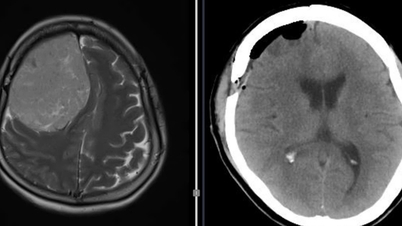

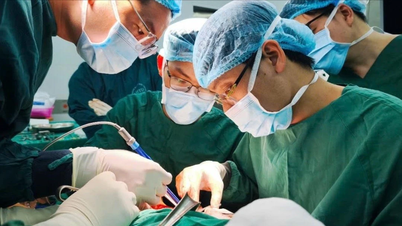

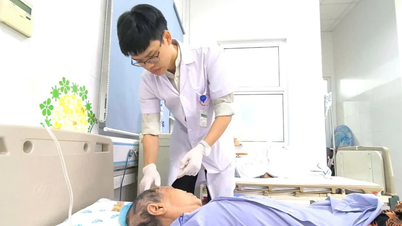

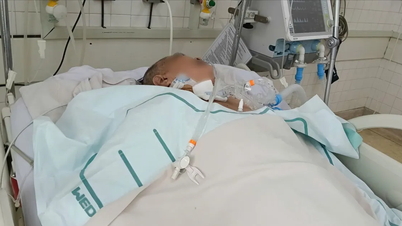

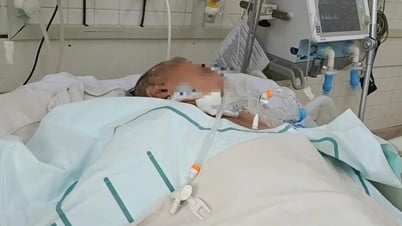



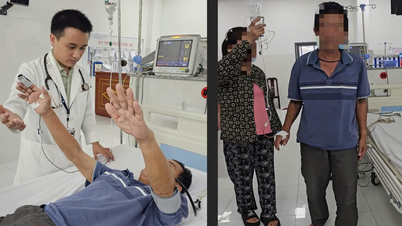
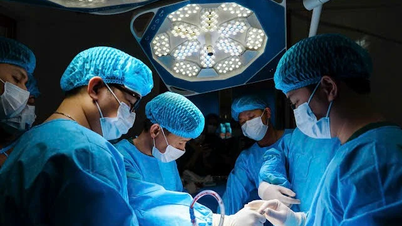
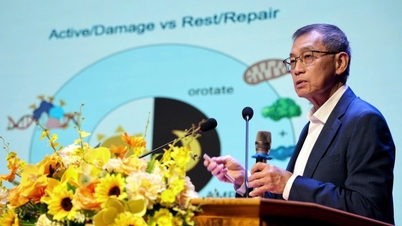



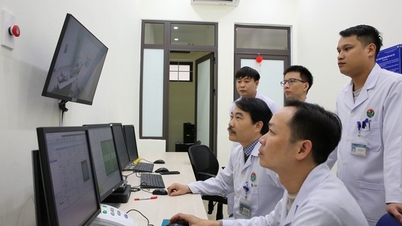








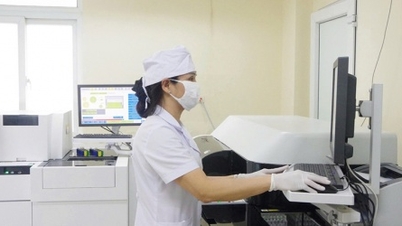









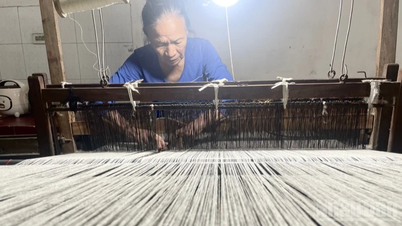
























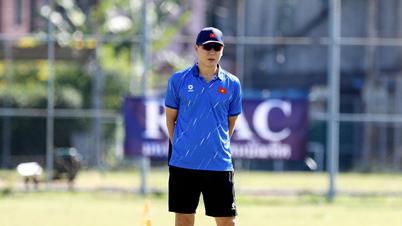


















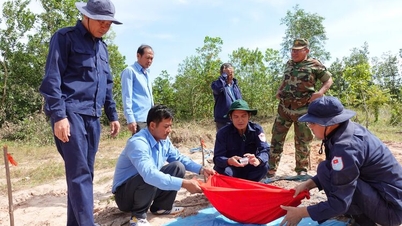


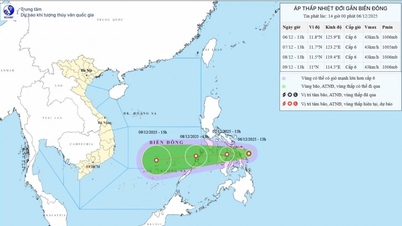


















Comment (0)